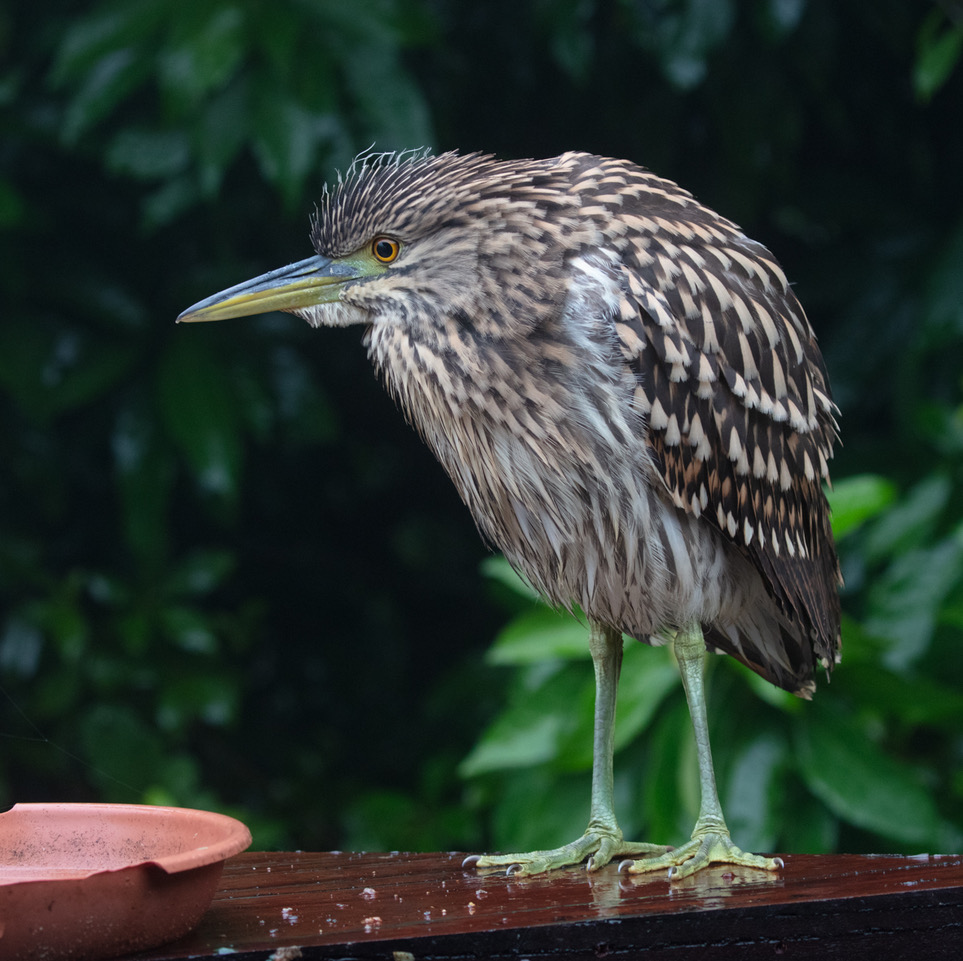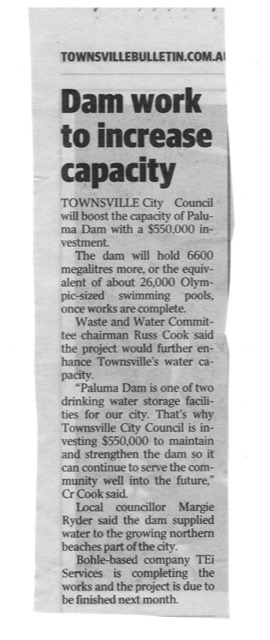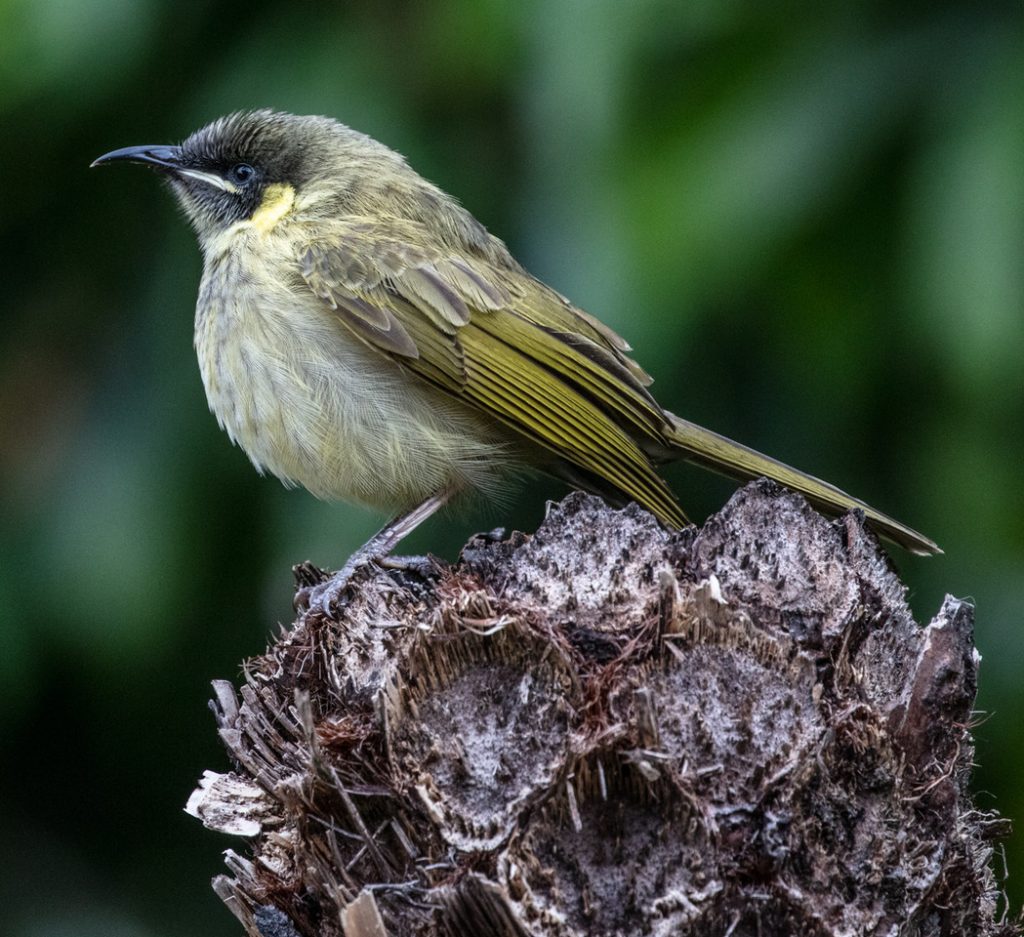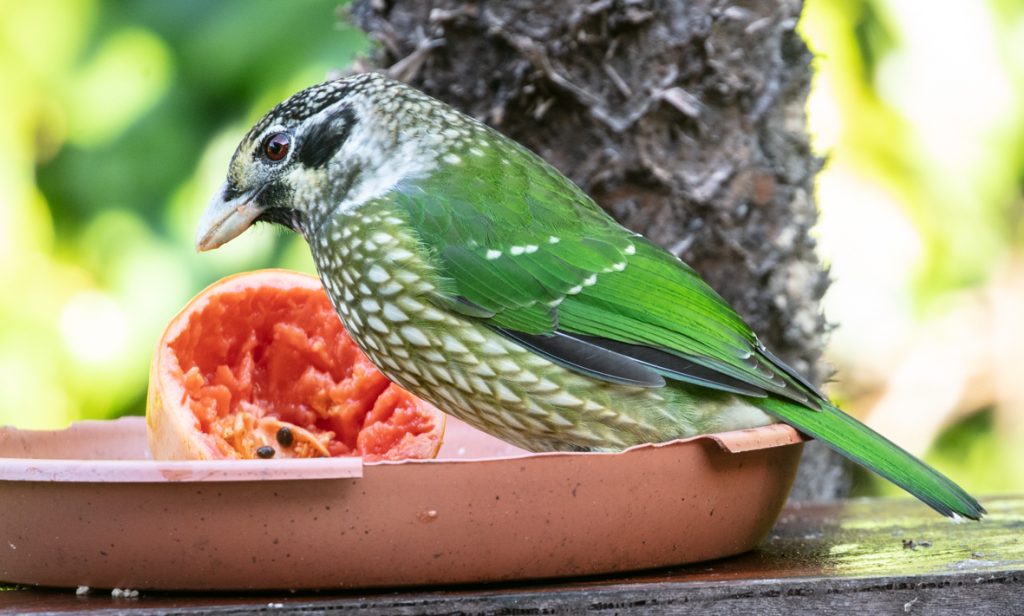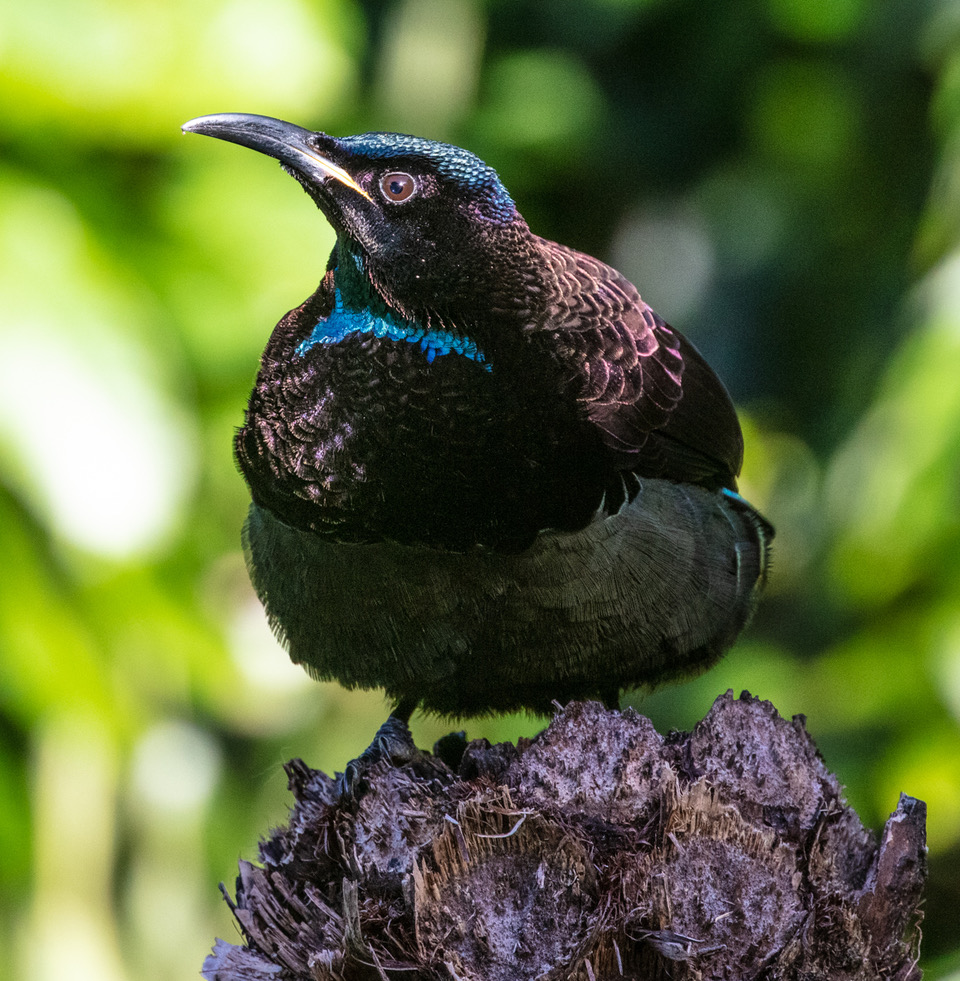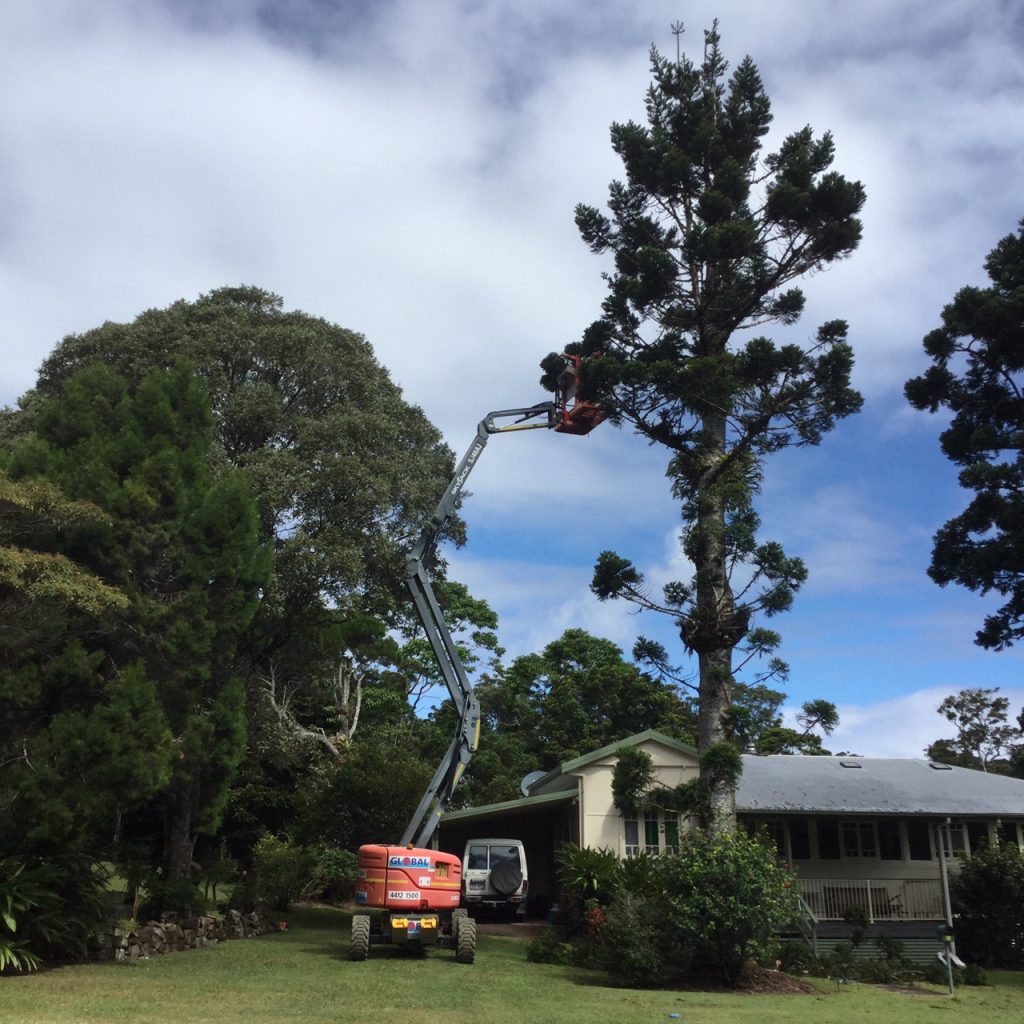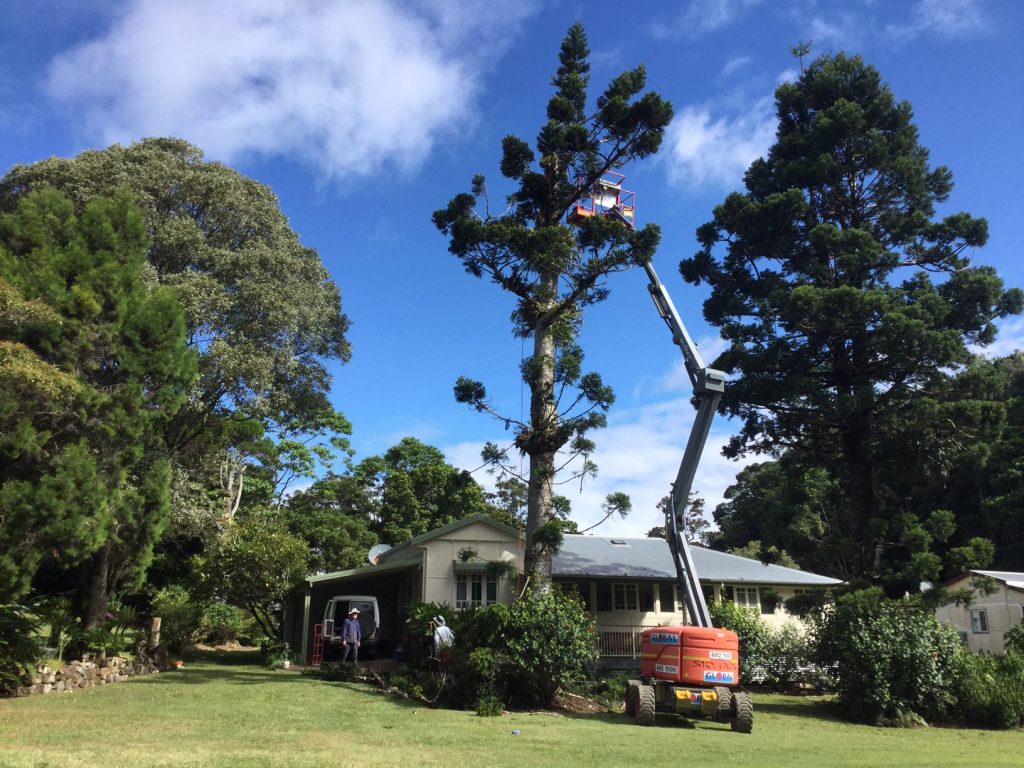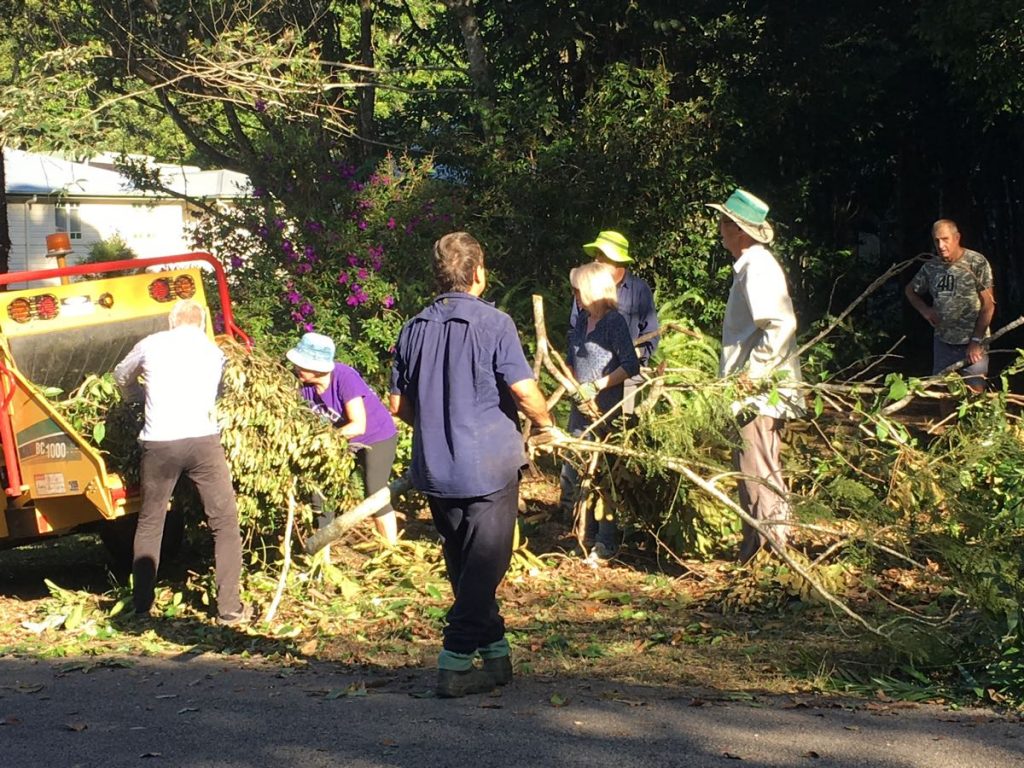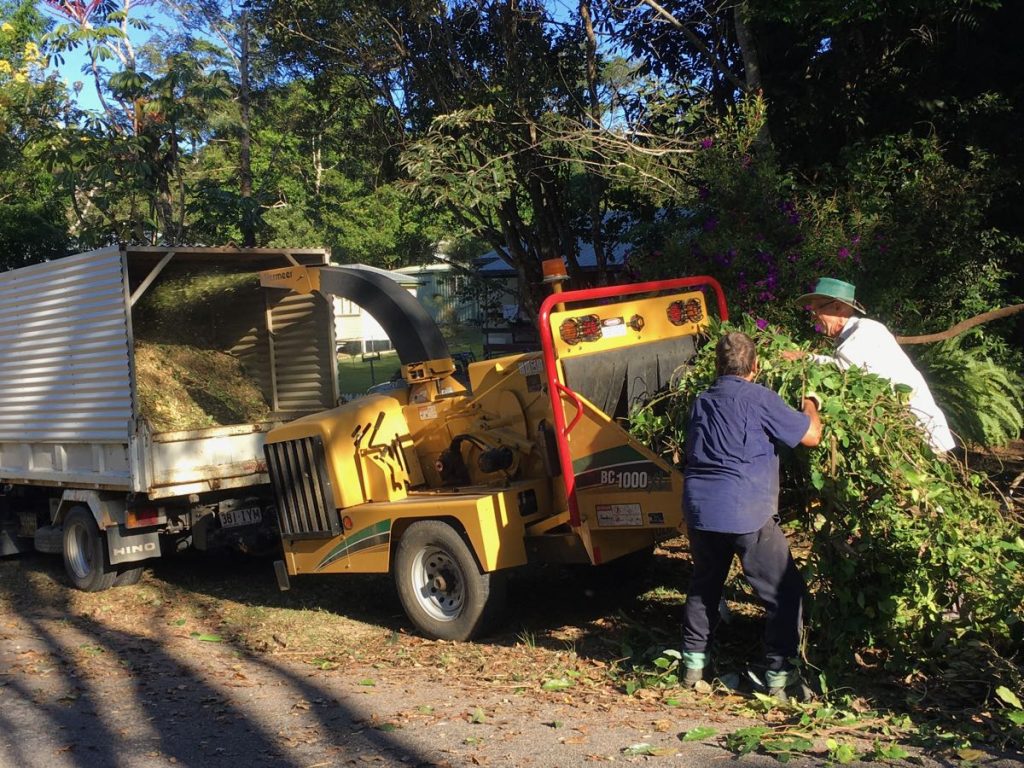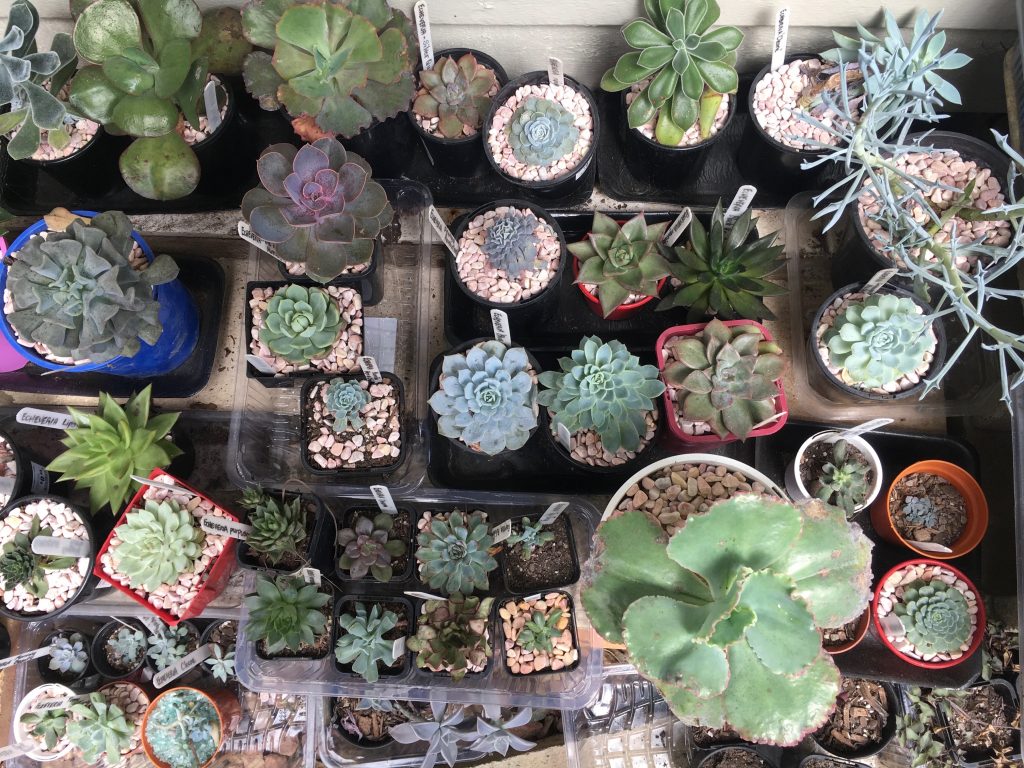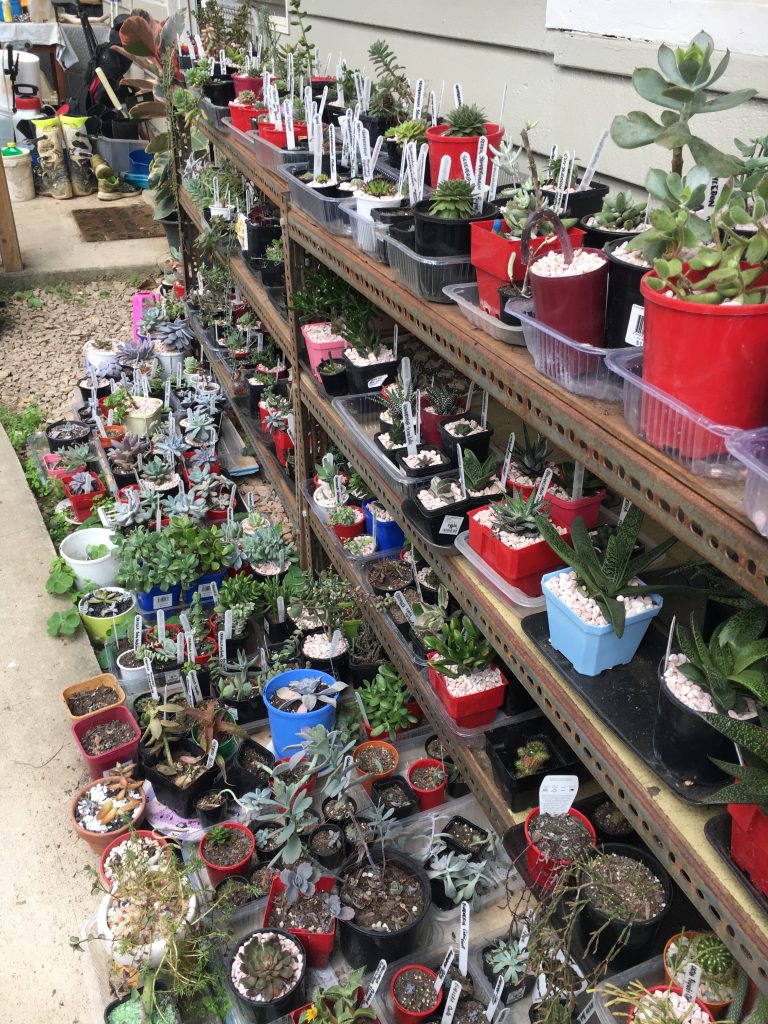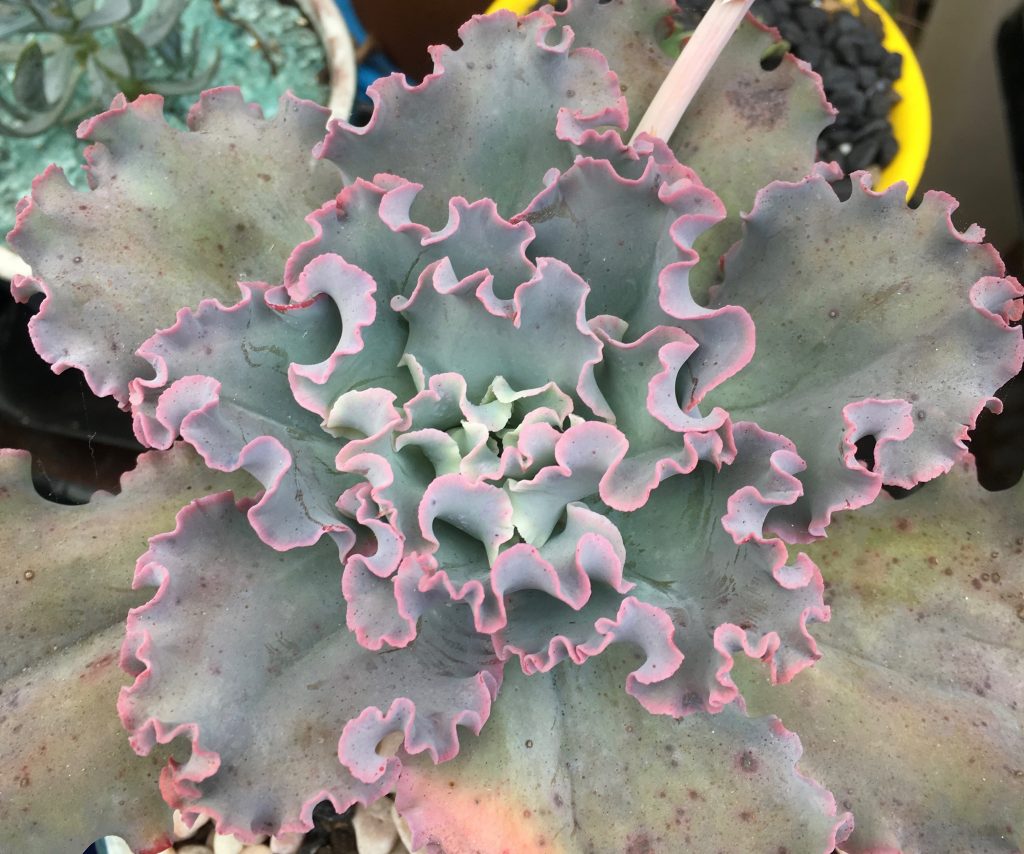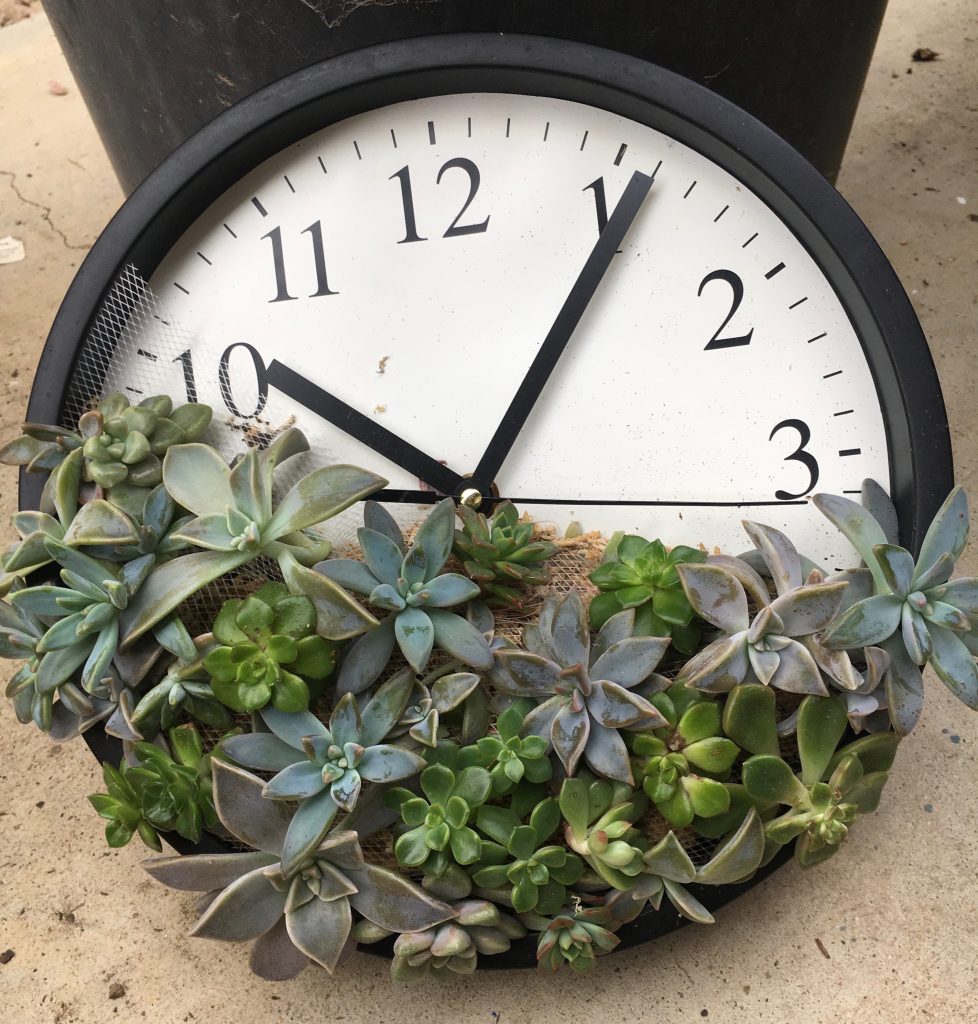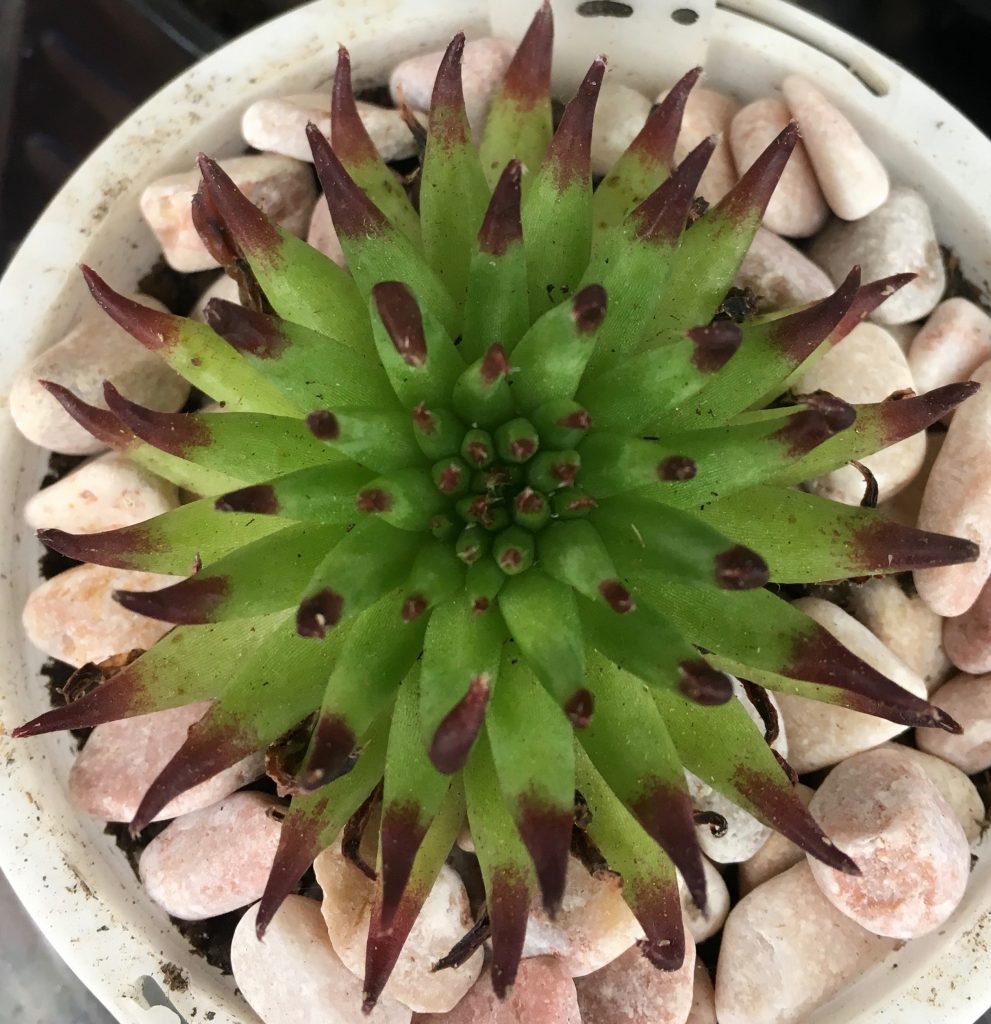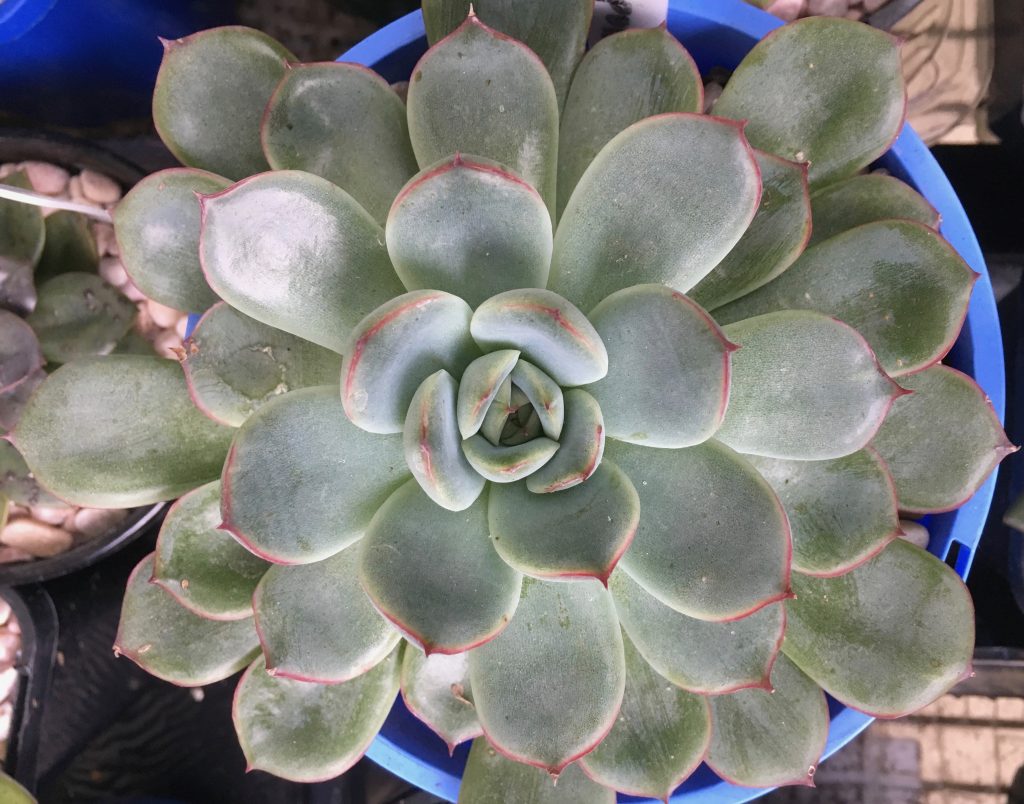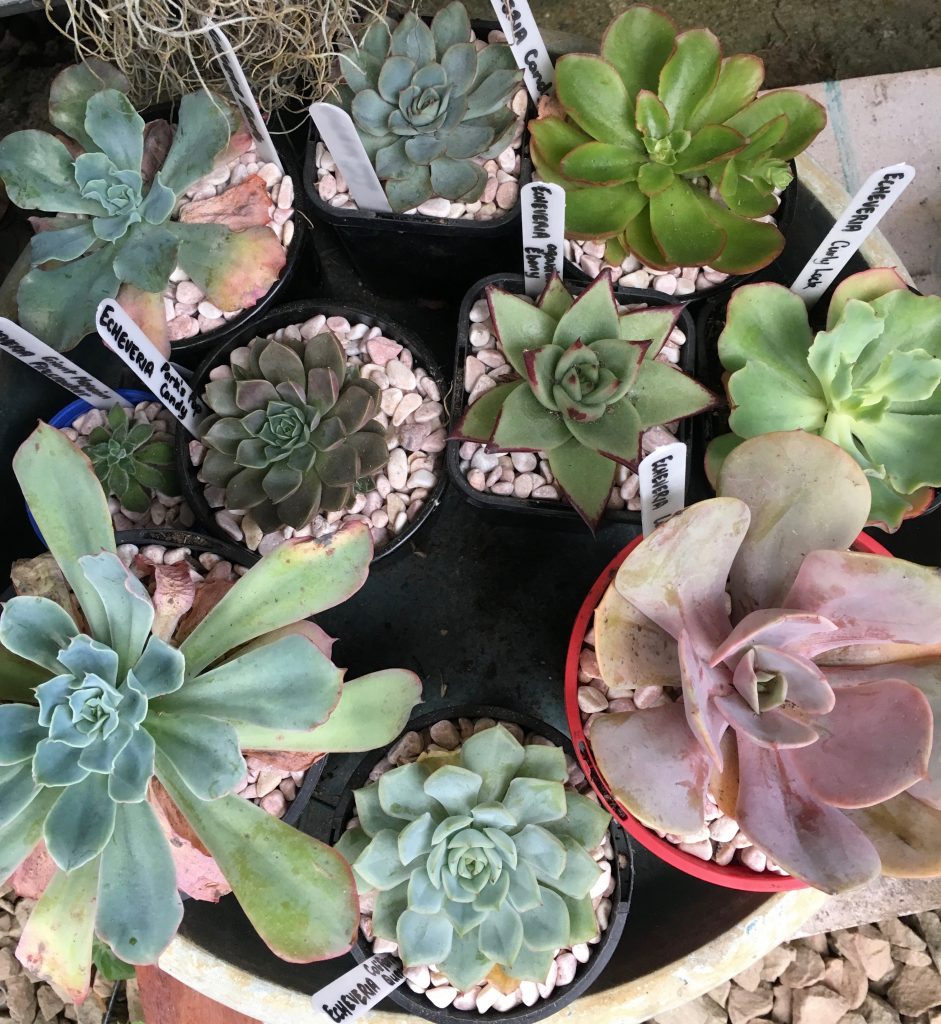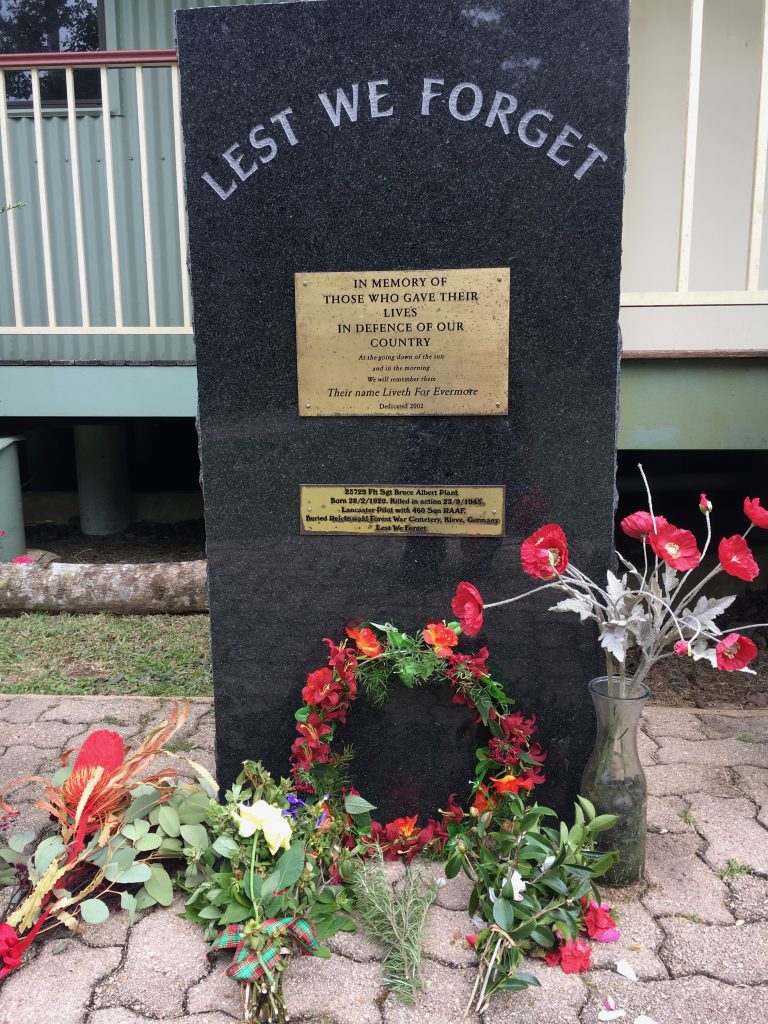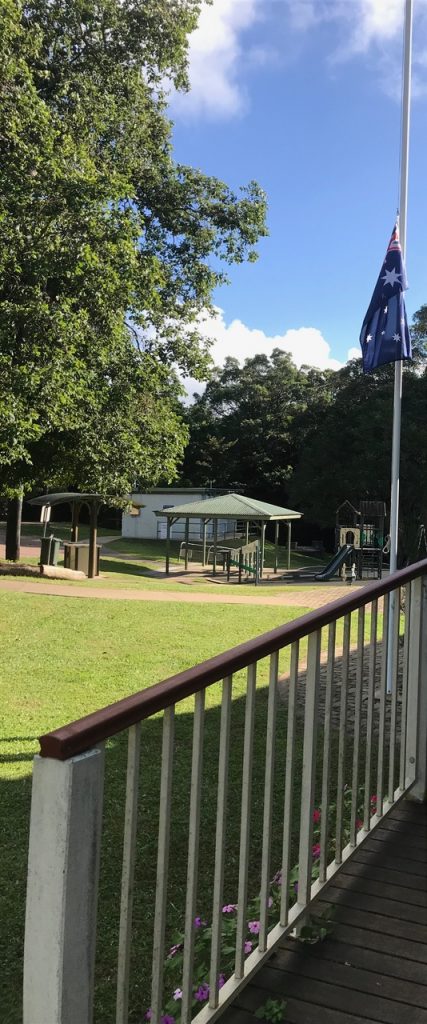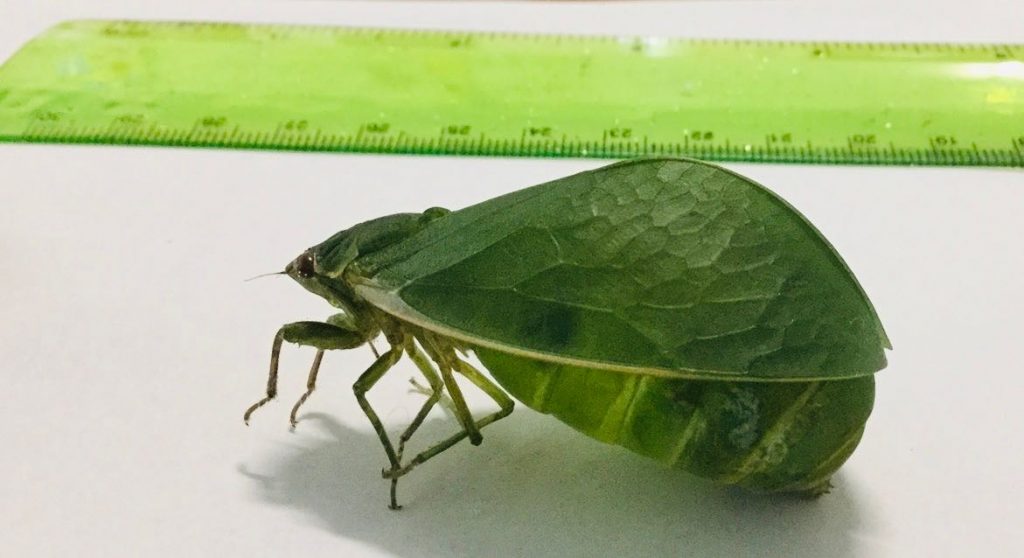Article Contributed by Michael Drew in the lead-up to very different ANZAC Day commemorations in Australia in April 2020.
The human experience of war and pandemics/epidemics are oddly similar in that they each require, of necessity, social isolation and lockdown together with stringent disease control measures.
Most Australians under 50 have no first-hand experience of pandemic disease, but are now having to come to grips with what earlier generations learnt about self-preservation.
In the period 1880 to 1940, North Queensland was blighted by an endemic mosquito-borne malaria parasite (not virus). Observations by the Cairns-based, German Emigre, Dr Edward Albert Koch, hypothesised that the Anopheles Farauti mosquito was the vector of the often fatal disease, long before scientific research confirmed mosquitos as the culprit, rather than the ‘miasma’ of swamps, (which is why the large swamps behind the Townsville Strand were not drained and built on until the 1900s).
In the late 1800’s Dr Koch set up a screened isolation ward at Cairns Hospital which prevented malaria infected patients from spreading the disease….sound familiar? This of course caused much angst among residents who feared the worst for their loved ones who could, (and did) die without the benefit of clergy or family being present. Thus, it became a personal and economic tragedy with many home remedies being touted as the cure! (eg. the ‘kerosene bath’, favoured by my grandfather, but not enjoyed by my father). (See Wikipedia Listing: Edward Albert Koch 1843-1901).
105 years ago, 8000 young Australians died at Gallipoli and in the isolation wards of field hospitals on Lemnos and in Egypt, with many deaths being caused by rampant viral and bacterial disease. The survivors went on to The Somme, Ypres & Villiers Brettoneux where again diseases required isolation, lockdown and vigorous hygiene regimes to control cholera, typhoid, dysentery, gastro and pneumonia spread by fleas, flies and rats. (It’s a wonder the bubonic plague didn’t come back!).
Again, many died tragically away from their loved-ones in Australia, their last hours spent being comforted by the Australian Army Nurses, who were famous for their care of young mortally-ill Diggers ….sound familiar?
Indeed for decades afterwards “ Base” Hospitals in Australia were run on strict military lines as a consequence of their success in combatting diseases in the era of no anti-biotic drugs, which were only developed for the D-Day Landings in June 1944.
The returning Diggers in 1918-19 brought with them the deadly pandemic, so-called “Spanish flu”, which is estimated to have killed between 17 million and 50 million persons world wide (more than the Great War total casualties!)
In Australia, the Nation went into lockdown and with isolation procedures eerily similar to those currently in legal force for COVID-19. Public wearing of face masks was the norm.
The economic effects were tragically enormous given that 60,000 young Australians (including young female nurses) had lost their lives in the conflict and twice that number were permanently disabled, both physically and mentally. These casualties set against a total population of 4.5 million meant that Australia was economically trashed and the lack of young men to father the next generation caused an urgent immigration program which recruited British, Irish and southern Europeans in the early 1920s, thereby changing forever the Australian cultural mix. The flu pandemic added to the death toll of young people who were particularly vulnerable to this virus. (COVID-19 affects 40% of under 40s today, exploding the myth that it is an elderly person’s disease).
In the 1930’s the “horror of parents” pandemic, Poliomyelitis Virus, commenced to ravage young Australians and continued until the mid-1950s when Dr Jonas Salk (USA) produced a very effective vaccine to the huge relief of parents world wide.
In the North, the early 1930’s efforts at treatment of Polio by Chiropractor Ernst Kjellberg at his large-scale Millaa Millaa “ tent hospital” produced very good results which caused him to establish polio treatment centres in Cairns, 11 Sturt St Townsville and The Avenue, Hermit Park.
Sister Kenny was his famous disciple who treated a young Joh Bjelke-Petersen who suffered lifelong effects of polio. (See Sister Kenny Park next to the Tobruk Pool on the Strand, Townsville).
Panic-stricken parents (mine included) frantically isolated their children from families who were struck down (and locked down) by this capricious, deadly, paralysis disease which saw many die or be consigned to massive “ iron lung “ machines installed in hospitals. These were the ventilators of the day….sound familiar?
The economic cost of polio is still with us today as the loss of earning power of many victims affected their subsequent families’ standard of living.
Any history of North Queensland epidemics should include the horrible deaths of many 1930’s cane cutters who contracted a leptospirosis infection, known as Weil’s Disease, which was ultimately discovered, by scientific observation, to originate in rat’s urine as, in those days, rats and their snake pursuers, were in plague proportions in the North’s cane paddocks. A very major cane cutter strike occurred in 1934 after the bosses refused to act. This caused huge economic damage to the fledgling cane industry. The problem was eventually solved by an observant medico who recommended burning the cane before cutting…problem solved with the crack of a match!.If only COVID-19 was so amenable to a good hot burn!. (These days …no cane cutters, therefore no burn!)
The greatest pestilence is war.
Anzac Day is an opportunity to reflect on the sacrifices of those who have died in serving the Nation’s interests even though for many observants the causes of the conflicts are, sadly, shrouded in the fogs of elapsed time. For example, who knows the reason why Australia joined in a European War in which the English Monarch was the first cousin of the opposing German Kaiser, who was allowed to go into post war exile in Holland after an estimated 6 million persons died on both sides of the conflict.
In Paluma we have our own history of a budding life and intellect cut short in the death of 23 year old Flight Sgt Bruce Plant, a son of our District, who rose from the status of a Mess attendant at Garbutt Base to a Fighter Pilot at Amberley and a Canadian-trained Lancaster Pilot in the very short time of 18 months! He had matriculated at CBC Townsville 5 years earlier and would have been in the cream of the post-war achievers had he survived the deadly bombing raids over Germany in September 1943 as part of RAAF 460 SQN based at Binbrook,UK.
He suffered the ultimate isolation from his wife and young child, John, whom he never held.
We should also reflect on the fate of the 20,000 men of the 8th Australian Division, 2nd A.I.F, who were captured by the Japanese in Singapore in 1941 and forced to perform slave labour building the Burma Railway until 1945. Notwithstanding the heroic medical efforts of Colonel “Weary” Dunlop, the starvation diet, contagious “jungle” viruses, bacterial infections, cholera, typhoid, beri beri, dysentery, gastro and festering ulcers resulted in one in three Australians dying as a P.O.W. away from their loved-ones and family.
It is also apposite to think of the 30,000 men of the famed 7th and 9th Australian Divisions who left Australia in 1940 for Tobruk, El Alamein and the Sinai Desert and thence to Papua New Guinea to relieve the Militia (CMF- Army Reserve) on the Kokoda Track and to repulse and eventually defeat the Japanese at Milne Bay, Buna, Sanananda and Gona, as well as sea assaults in Borneo on well entrenched fanatical Japanese troops. These men were isolated from their families for years and suffered the exhausting privations of the soldier on a diet of tinned Spam (which would make a goat throw up!)
They suffered all manner of infectious diseases and stomach cancers which for many led to life-long illness, including not well understood “war neuroses”.
On the home front in North Queensland 1940-45, there was social isolation and lockdown of two different types.
Firstly, the civilian population of the North suffered “panic virus” and largely fled south when the triumphant Japanese captured Fortress Singapore, attacked Pearl Harbour destroying many naval vessels and then bombed Darwin 22 times, killing many civilians, and subsequently bombed Townsville from their New Guinea north coast air bases. Those who remained felt very isolated in the face of a notoriously vicious enemy.
Many families were split up with some “essential” workers remaining for civil defence and troops food supply services. Hospitals could not cater for civilian surgical cases necessitating a long rail journey to Rockhampton or Brisbane….sound familiar?
Secondly, the North’s largely Italian farming families suffered as a result of “knee jerk virus”, which manifested itself after some far off bureaucrats decided that the majority of northern Italian males should be interned down south and leave their womenfolk and young children behind to tend the farm and fend for themselves. Talk about social distancing! Talk about gross economic loss and damage! All on the unproven assumption they must all have been supporters of Mussolini! This great injustice has never been properly addressed.
Two little Biloela girls on Christmas Island………. sound familiar?
In 1940, John Curtin, in a famous speech, devoted the entire resources of the Commonwealth of Australia to the prosecution of the War against the enemy….sound familiar?
In 1942-44 the North became an enormous military complex for Australian and US forces of all types, land, air and sea. Our own village became the site for an early warning radar array for Townsville which was guarded and manned by US Troops with explosive charges set to bring down McClelland’s Bluff, according to the late Tom Connor. Later, Paluma would be requisitioned as a RAAF Rehabilitation Unit – a far more jolly use if one has regard for the hall photos of the inmates of “Hotel Australia”. Isolation was relaxed and rehab was designed to serve the future post-war economic needs of the inmates….sound familiar? (eg. “the road out the other side”).
Having regard for the above events of Northern history, any grizzling about not being not able to visit boutiques and coffee shops and to be seen there snuggled up to the glitterati, the cognoscenti and perhaps, the illuminati, seems petty and stupid, when we consider the hardships endured by the past five generations of Australians in times of trouble, strife and pandemics.
As with all calamitous times, this pandemic will pass as did the others referred to above. Our safety and its duration and its economic damage are entirely a matter for us complying with the science-based medical advice.
Do the time now and reap the early rewards of flattening the curve lower than a run-over cane toad!
As well as commemorating war’s casualties on 25 April each year we should remember the strength of our nation’s underlying resources and wealth (our Commonwealth), as well as the seemingly bottomless well of scientific and managerial expertise devoted to putting the Country back on track.
Airlines come and go creating short-term economic chaos.
If one thing we have learned from this pandemic it’s that most business/social travel, air or otherwise can be successfully replaced with online technology …..and as a result…. the Earth will Zoom ahead!
